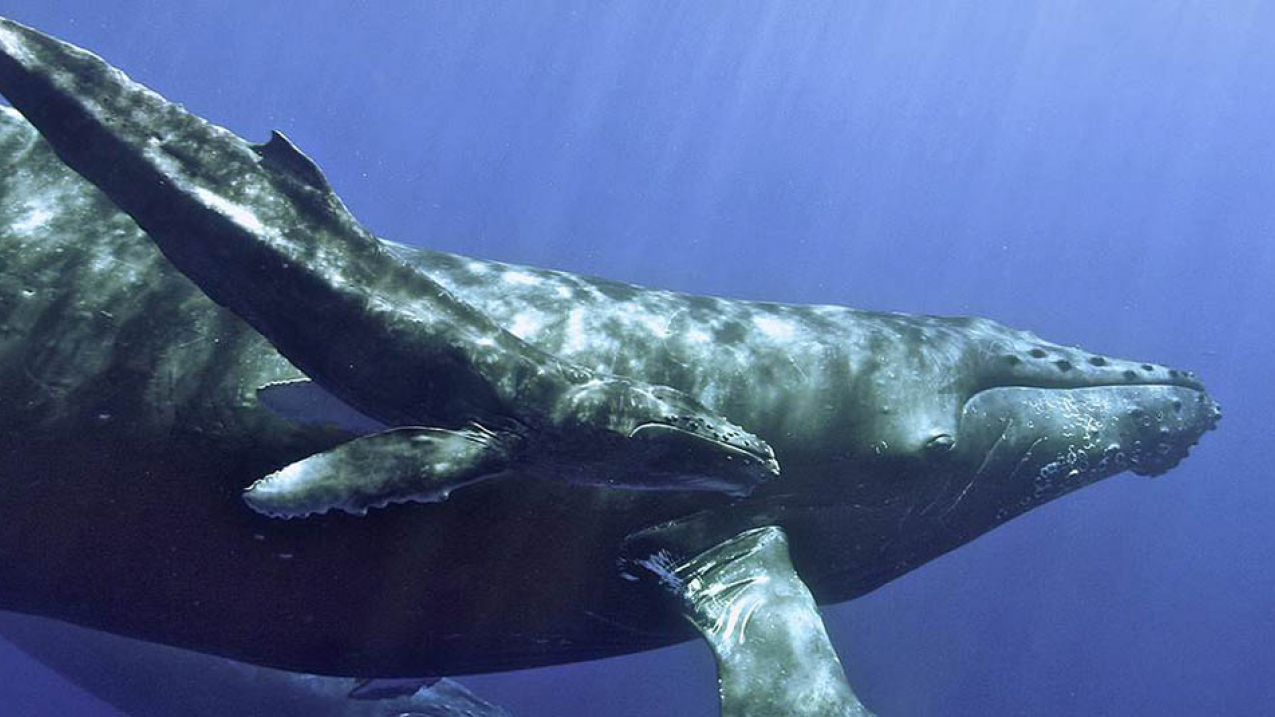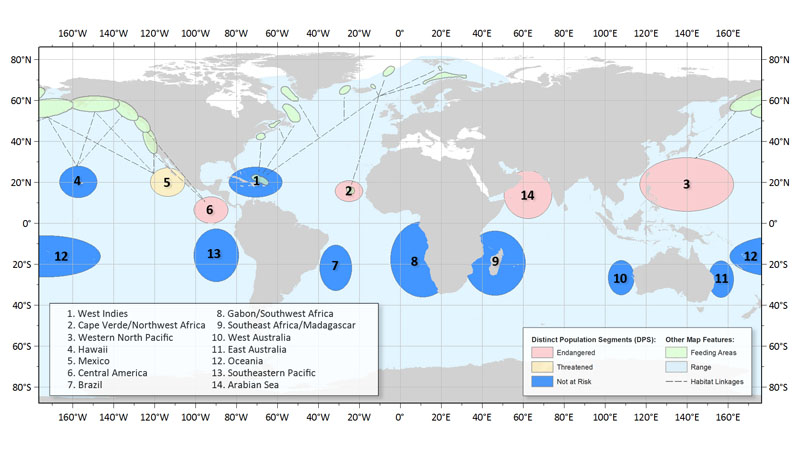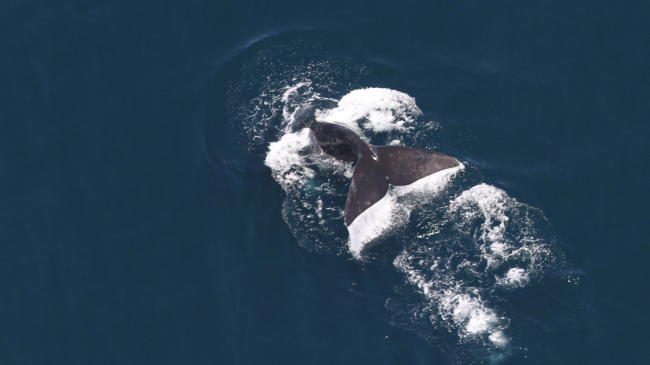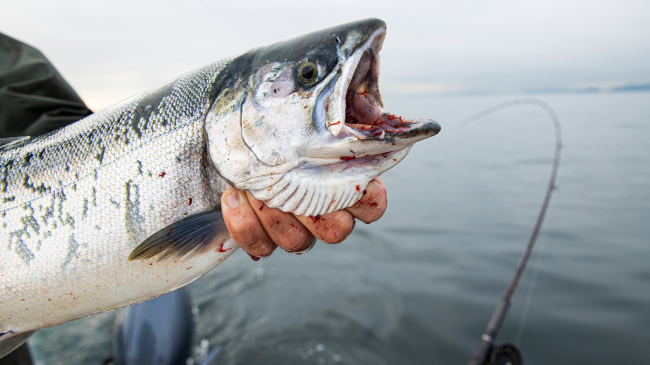Division into distinct populations paves the way for tailored conservation efforts
Endangered humpback whales in nine of 14 newly identified distinct population segments have recovered enough that they don’t warrant listing under the Endangered Species Act, NOAA Fisheries said today. International conservation efforts to protect and conserve whales over the past 40 years proved successful for most populations. Four of the distinct population segments are still protected as endangered, and one is now listed as threatened.

A humpback whale and calf in the Hawaiian Islands Humpback Whale National Marine Sanctuary. (Image credit: NOAA)





